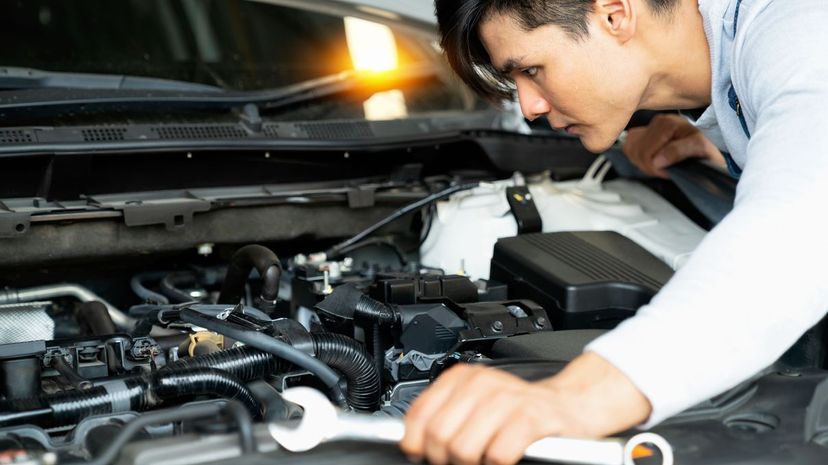
About This Quiz
The fact that you are here means that you love cars. But not in the way that other people love cars. You know a little more than most. You have a good idea of how cars work, how engine parts work in perfect harmony to get you from one destination to the other. Chances are good that you have been covered in some grease from time to time as you spend weekends tinkering with your vehicle. But no matter what, cars are complicated, and things go wrong on them.
Modern cars are a little more involved than their older counterparts; that's for sure. When things go wrong with them, serious things, it's better to call in a mechanic, preferably a specialist that knows exactly how your particular make and model works. Sure, changing the oil or battery isn't that difficult - something you can still do - but why worry about that? It's probably covered by the maintenance plan
Classics are a little easier to work on, if you can find the parts. And it's great to spend some time tinkering away, getting your classic car purring for a nice weekend cruise.
But enough about that. We want to test your knowledge about cars and the problems that affect them. We want to see just how much you really know. Are you ready to take the test?
Advertisement
Advertisement
Advertisement
Advertisement
Advertisement
Advertisement
Advertisement
Advertisement
Advertisement
Advertisement
Advertisement